Restored WW2 military defences hidden for years

The underground artillery storage room of the previously hidden No.3 Gun Emplacement
- Published
Buried under the Kent coast for 50 years was a secret Second World War gun emplacement.
In 2023, Fan Bay No.3 Gun Emplacement was excavated and restored and it is now open to the public.
Part of the Fan Bay Battery in Dover, it was built in August 1940 at the behest of then-wartime prime minister Winston Churchill, and became a key coastal defensive complex.
Gareth Wiltshire, visitor manager of the National Trust, says its rediscovery "provides a rare insight into some of Britain's most technologically-advanced artillery built during the war", and its excavation and restoration was a "milestone in preserving the wartime history of the White Cliffs".
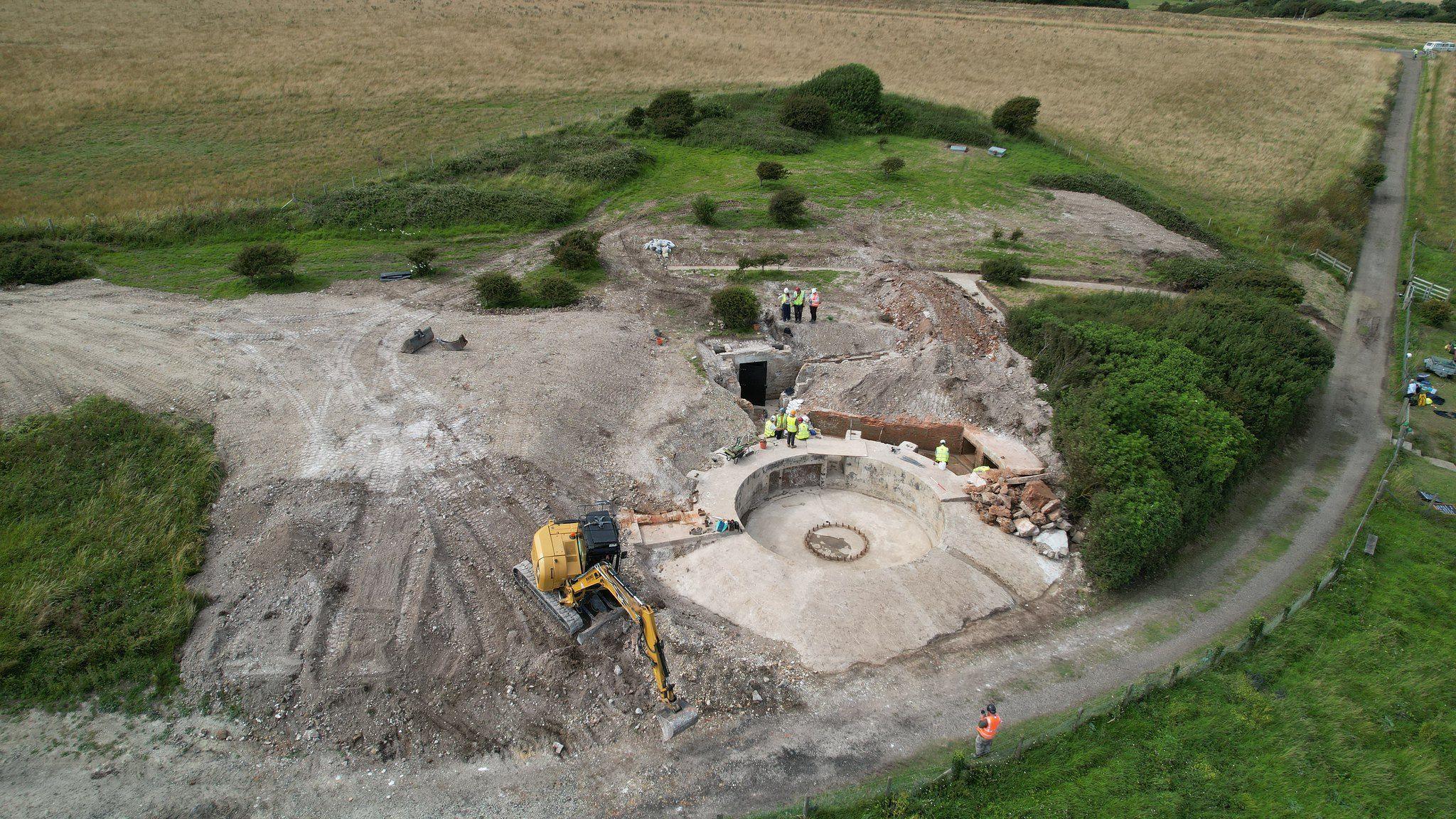
Volunteers at the final stages of excavating No.3 Gun Emplacement
Underneath the No.3 Gun Emplacement are artillery and ammunition storage rooms.
Jon Barker, who was part of the excavation team, said it was "only one piece of the jigsaw as there are another 25 structures to excavate".
He added: "Hopefully there will be more exciting developments we can show people in the future."
The project was a part of the National Trust's efforts to discover more of the White Cliff's military heritage.
According to the National Trust, the Fan Bay site became disused in 1957.
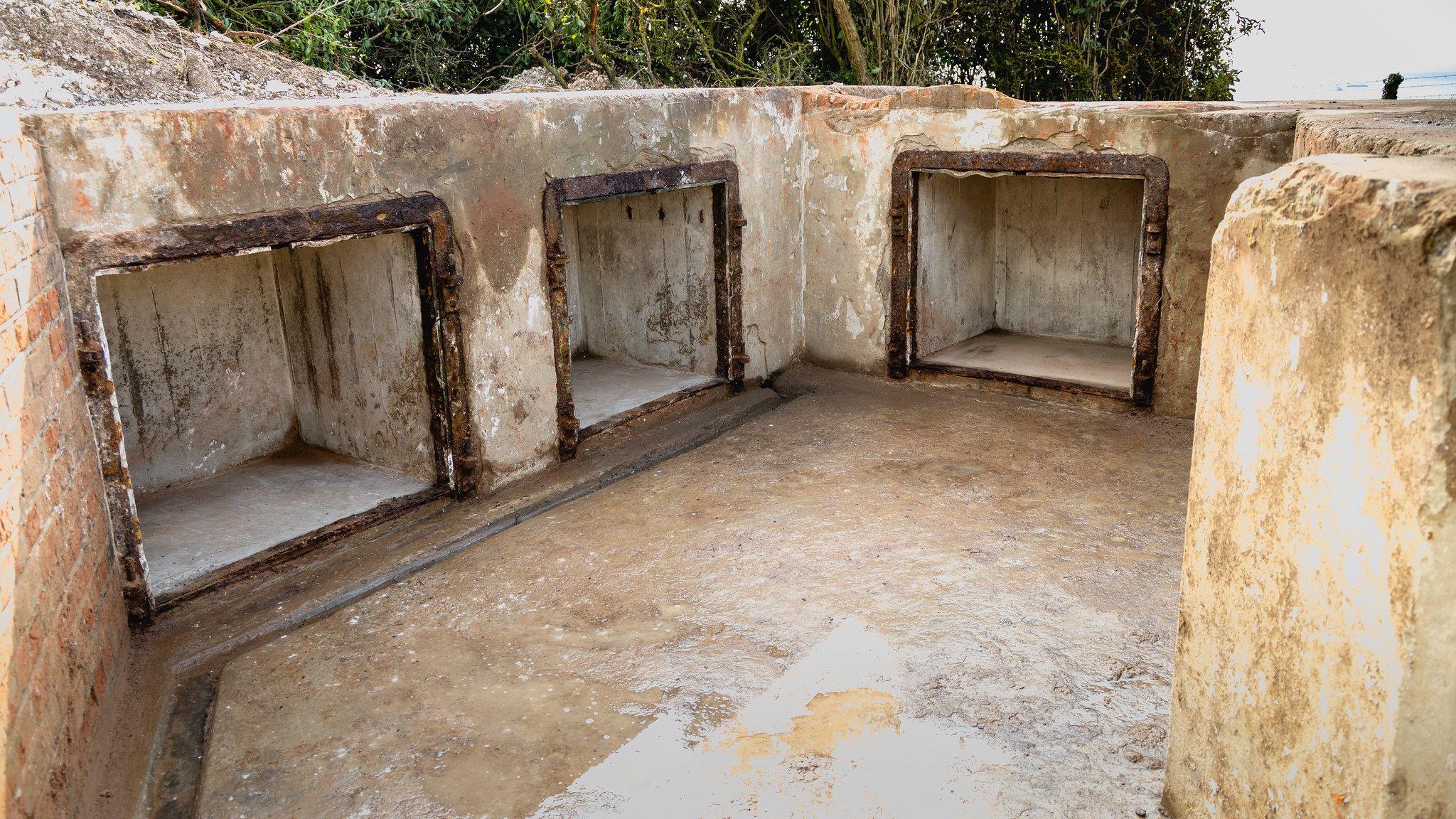
The ammunition storage area at the No.3 Gun Emplacement
In the 1970s, the Government initiated a scheme called "Operation Eyesore" to "improve the appearance of neglected and unsightly land in assisted areas".
This meant Fan Bay Battery, which included the gun emplacements and the famous Fan Bay Deep Shelter, was to be covered with tonnes of soil and chalk.
In 2012, the National Trust acquired the land along the cliff tops, from Langdon to South Foreland Lighthouse.
The team then rediscovered Fan Bay Deep Shelter and restored it after volunteers removed 100 tonnes of rubble.
The shelter was a network of tunnels built to house soldiers stationed at Fan Bay Battery during the war.
The shelter, which is 23 metres (75 feet) underground, provided bomb-resistant accommodation, complete with bunk beds and storage.
It connects to two historic sound mirrors, which were early acoustic detection devices used to identify approaching enemy aircraft before radar technology was developed.
The charity opened the shelter to the public in 2015. It then continued to uncover more wartime structures of Fan Bay Battery.
In 2017, the National Trust acquired more land which contained the D2 heavy anti-aircraft, Wanstone, the Fan Bay plotting room and Fan Bay gun emplacements.
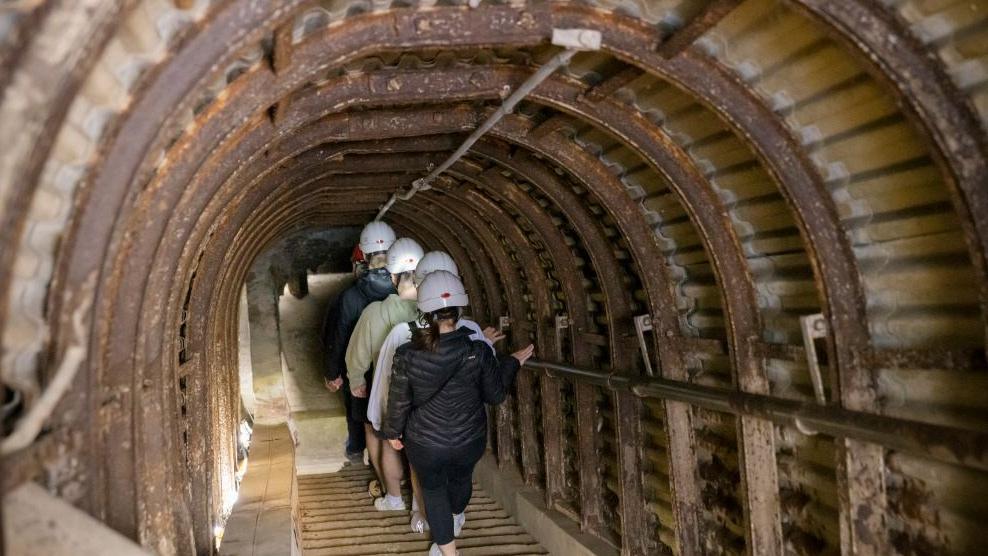
Visitors touring the Fan Bay Deep Shelter, which was a tunnel network built to house soldiers station at Fan Bay Battery
With National Lottery funding and donations, the charity carried out more excavations.
In 2023, No.3 Gun Emplacement was excavated and it is now open to the public for visiting.
Mr Wiltshire also expressed his gratitude for the efforts that made this project possible.
"This site offers visitors a rare opportunity to step into the past and understand the vital role Dover played in Britain's coastal defence," he said.
During the war, Dover was known as the "Hellfire Corner" and had some of the highest concentrations of wartime artillery in the UK.
Follow BBC Kent on Facebook, external, on X, external, and on Instagram, external. Send your story ideas to southeasttoday@bbc.co.uk , externalor WhatsApp us on 08081 002250.
Related topics
- Published20 July 2015
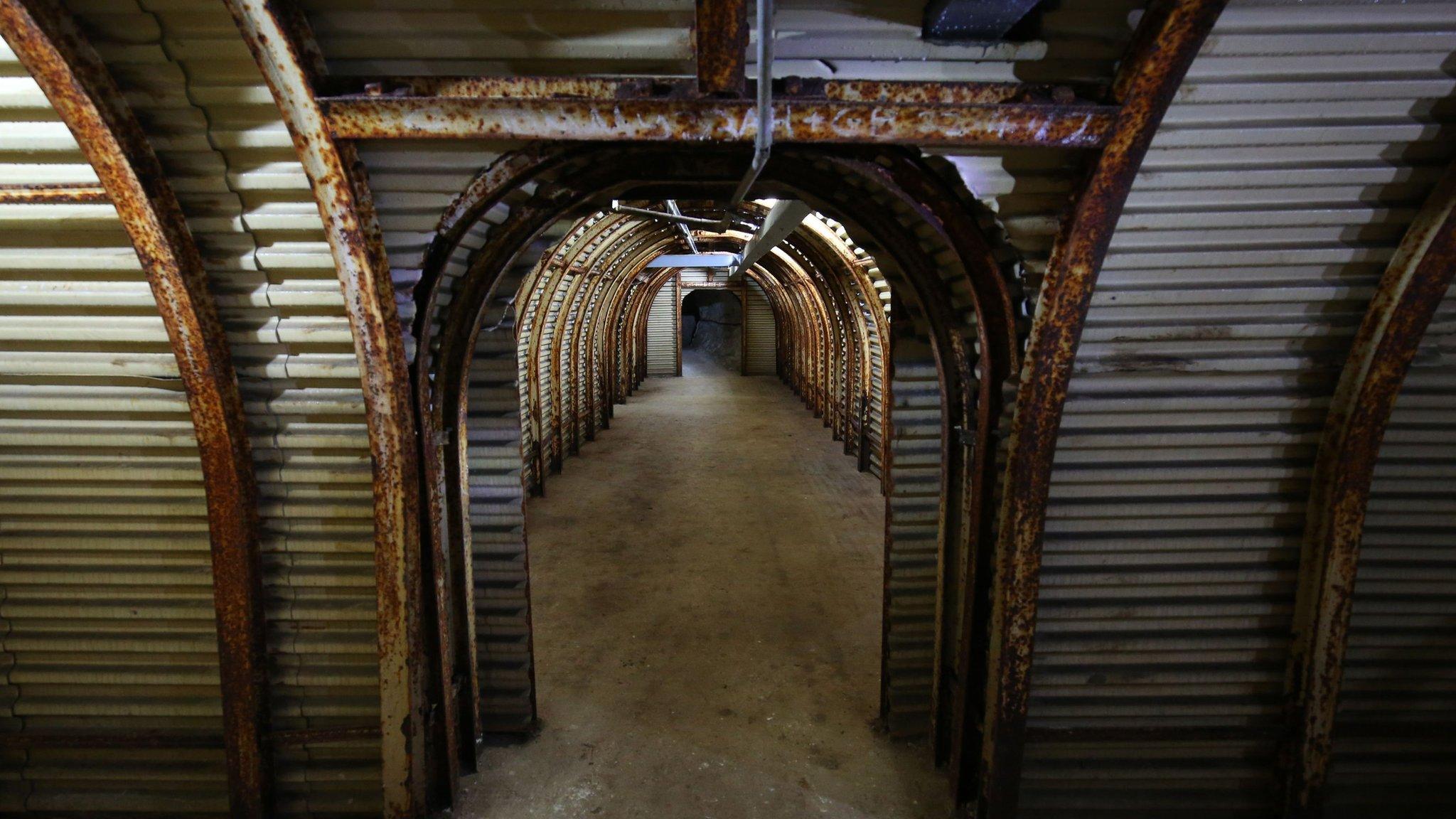
- Attribution
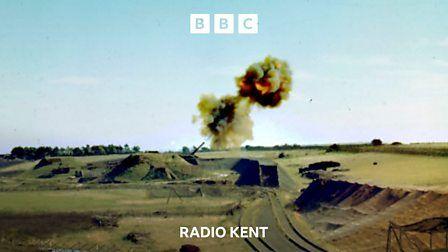
- Published31 July 2015
